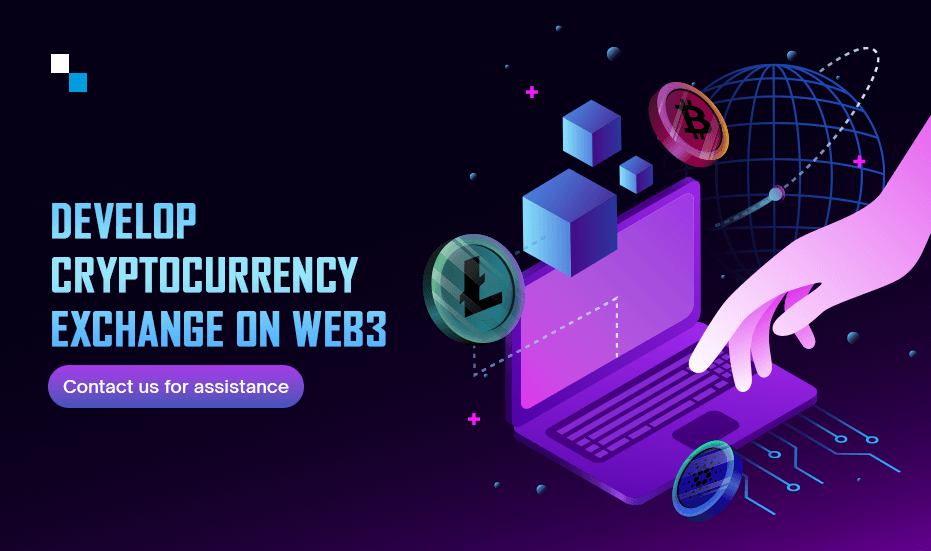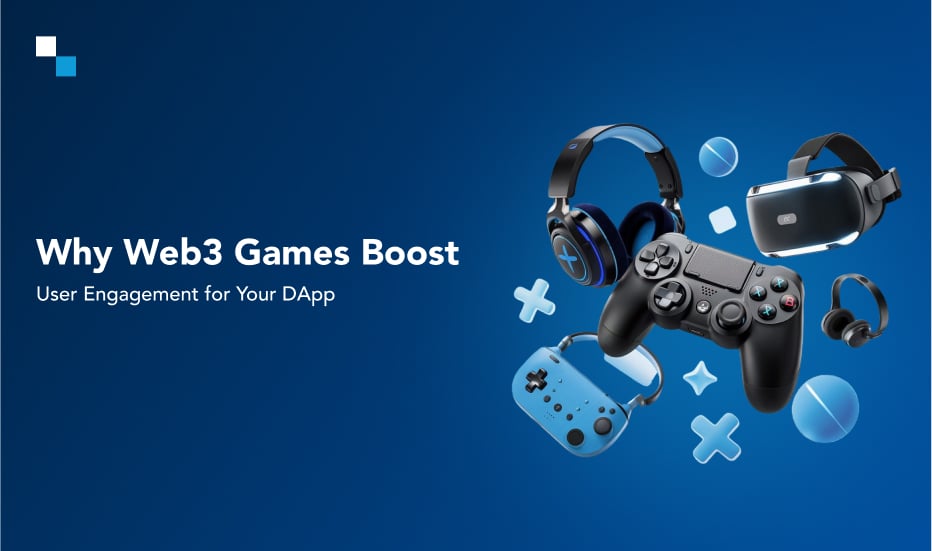
Build Crypto Exchange With OTC Desk: Making Trading Effortless
October 27, 2022
A Checklist For Successful ICO Software Development Platform
October 28, 2022One of the most significant developments of this generation has been the introduction of Web 3.0. It is a next-generation internet where the data will be decentralized and Web 3.0 will run on a token-based economy. While it may sound like a simple iteration of Web 2, the architecture of the apps running on Web 3 is drastically different from that of Web 2. That is what makes cryptocurrency Exchange Development On Web3 different from a regular financial app on Web 2.0.
The architecture of a Web 2.0 App
Before I try to explain Web 3 exchange development and how it’s architecturally different from Web 2, let me briefly explain Web 2 application architecture. To keep it simple, I am breaking down the architecture of a Web 2 financial application development into 3 simple phases:
- First part is the database which is a storage space where all the essential user data, transactions, transaction history, and so on are stored. This data will constantly be updated by the users.
- Next part is the backend code that defines the business logic of the financial app. The backend is mostly coded in languages like Node.js, Java, or Python.
- Last and the final part is the frontend code where the user interacts with the business logic of the app. This is generally written in JavaScript, HTML, and CSS.
How is the Web 3.0 exchange app architecturally different?
Cryptocurrency Exchange Development On Web3 eliminates the need for a middleman. That means unlike Web 2.0, there is no centralized database that stores the state of the application. Also, there is no centralized web server where the backend logic will reside. The question arises then where and how does a Web 3 dApp maintain its state or user data and transactions?
Web 3 exchange leverages blockchain that maintains the state of the application on decentralized anonymous nodes on the internet. Blockchain then uses its consensus protocol to define how the state can transition. As blockchain uses a decentralized network, the state of a Web 3 exchange is not controlled by a single entity. In fact, every node collectively maintains the network on which a Web 3 exchange operates. Now, what about the backend logic?
As a Web 3 exchange development services company we know that blockchain drives the backend of a Web 3 exchange. Actually, the backend logic is written as smart contracts that define the logic of the exchange operations. These smart contracts are then deployed onto a decentralized state machine or blockchain.
Develop your own Web 3.0 Exchange
Schedule Free DemoA Closer Look at Web 3.0 Exchange Architecture
Now, let’s dive in a little deeper:
- Blockchain
Blockchain like Ethereum makes it possible for a web 3 exchange development services provider to build web 3 exchanges that are globally accessible. The way the blockchain enables the maintenance of state machines on a peer-to-peer network of nodes, it enables anyone in the world to access the state machine. Also, the data can only be written once so this keeps all the financial data immutable. - Smart contracts
Instead of a backend logic, a Web 3.0 application uses a smart contract that runs on the Ethereum blockchain. All the logic behind the state changes is coded in the smart contracts. These are generally written in high-level languages like Solidity or Vyper. A smart contract is an open-source code which anyone can view and use but cannot tweak without permission. - Ethereum Virtual Machine (EVM)
The next part of the architecture is the Ethereum Virtual Machine. This is essentially the part of the architecture which executes the logic defined in the smart contracts. Once the logic is executed, EVM processes the state changes on the blockchain.
For the EVM to understand what logic is written in smart contracts, the code needs to be compiled into bytecode, which the EVM is capable of executing. - Front-end
Frontend defines the logic behind the user interface. However, this code needs to communicate with the smart contracts. As a web 3 exchange development software provider, we understand the communication between frontend and smart contract is a little more complicated. In a web 3 exchange, the front-end transaction request can come in from any node. That means to broadcast a new transaction, one needs to set up their own node which runs on the Ethereum blockchain software or they need to use a third party solution.
Best blockchain for Cryptocurrency Exchange Development On Web3?
Web 3 exchange developers generally chose to build dapps on Ethereum blockchain because:
- Anyone who is on the Ethereum network has permission to use the exchange app.
- No one can block a user or deny access to the service of the exchange.
- Fees for the use of the exchange app are paid using an ETH token.
- Ethereum is Turing-complete, which means as a web 3 exchange development services provider, we can program anything for our clients.



